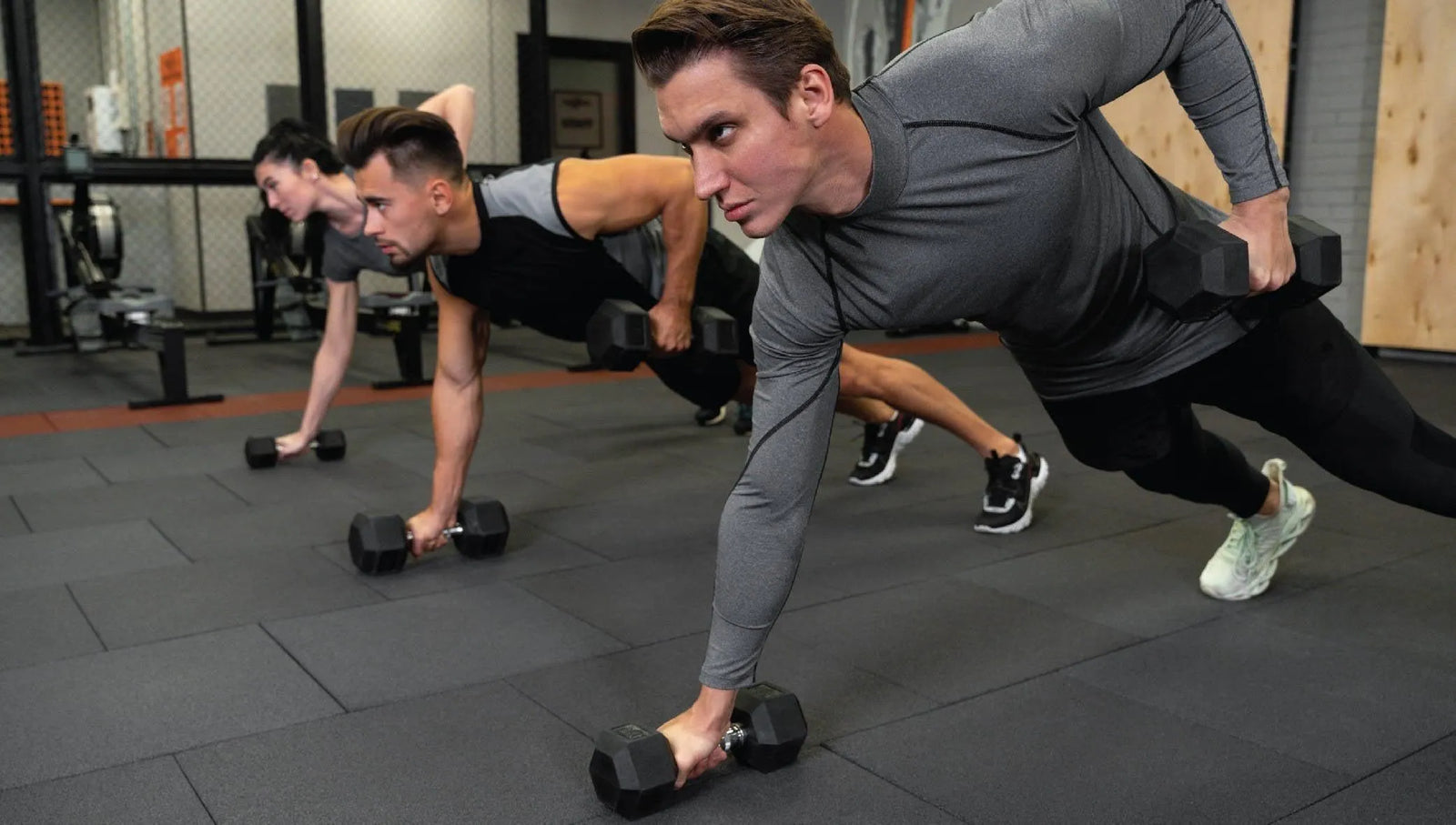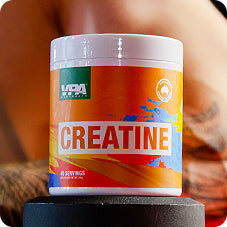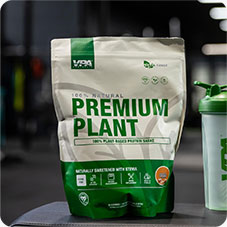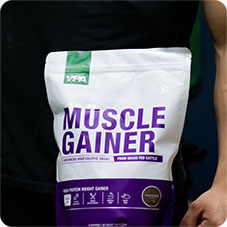Your Cart is Empty
What is the Supercompensation Theory?
April 13, 2021 2 min read

The body has an amazing ability to adapt to the physiological demands placed upon it. The process of super-compensation is key to improving our physical capabilities whether that is strength, speed or aerobic capacity!
If we look at strength training more specifically, the process of breaking down muscle tissue sends the body into a period of performance decrement or weakness. With proper recovery, nutrition and rest the body super-compensates, meaning performance (in this circumstance strength) increases beyond its initial baseline! Meaning we are able to do and achieve more that we would have previously.
There are 4 main phases to this theory which will be unpacked below:
Phase 1
Phase 1 involves the training stimulus and the application of training load upon the athlete. In this phase it is very important that the load is suitable for the athlete or individual. Loads that are well beyond the individual’s capabilities or inappropriate intensities will likely result in difficulty returning the athlete to their base level of fitness. On the flip side, training that is too easy for the athlete will result in minimal or non-training adaptation.
Phase 2
Phase 2 involves recovery from training stimulus! The only way in which this process works is when athletes are well recovered, if a further training stimulus is applied without complete recovery from the previoussession then the individual risks missing the benefits of adaptation. If this occurs on an ongoing basis the individual may see a gradual decline in performance with repeated exposure to training whilst under recovering.
Phase 3
Phase 3 is the supercompensation phase! In this component of the theory, the athlete enters a window of improved performance following training and proper recovery producing a wavelike graph that depicts a progressive supercompensation positive slop.
Detraining phase
If an athlete enters a phase of training that is too easy or has an extended lay-off period after the initial stimulus, this can result in a decline in performance (supercompensation negative slop). This phase is referred to as the detraining phase.
So, what can we take from all this? Well, there is an inherent need for coaches or individuals to assess their own schedules in order to develop programs that will optimize training loads to maximize supercompensation.
Nutrition is also a big factor ensuring adequate macronutrients from protein for muscle repair,replenishment of glycogen stores throughcarbohydrates,intake of small amounts of healthyunsaturated fats and micronutrients from either supplementation orplenty ofvegetables and fresh fruit,adequate hydration and sleep. All of these factors will play an important role in recovery between sessions!
Keeping a journal or logbook and recording your nutrition and training is a great start, you may even be able to utilize your activity monitor, apple watch or GPS toassess how you are responding to your own training plans.
Also in Training

Boosting Your Health: Understanding Aerobic and Anaerobic Metabolism
July 22, 2024 4 min read
Learn about the key differences between aerobic and anaerobic metabolism, and how to optimize your workouts for better health and fitness. Discover the benefits and performance-boosting potential of combining these two metabolic powerhouses.
Read More
Smash Through the Wall: How to Increase Your Lactate Threshold for Running Glory
July 08, 2024 4 min read
Learn science-backed strategies to boost your lactate threshold, enhance running performance, and achieve your fitness goals. Discover expert tips and techniques here.
Read More
The Ultimate Guide to Cross-Training
July 01, 2024 5 min read
Learn about cross-training, crafting a plan, tailoring for different fitness goals, and activities beyond the gym. Discover the ultimate fitness guide at VPA.
Read More Recent Articles
- Boosting Your Health: Understanding Aerobic and Anaerobic Metabolism
- Smash Through the Wall: How to Increase Your Lactate Threshold for Running Glory
- The Ultimate Guide to Cross-Training
- Embrace the Cold: How to Stay Active and Healthy Throughout Winter Down Under
- What is Hyrox?
- Mastering the Pull-Up
- Building a Champion: Why Cardio and Strength Training are Your Fitness Dream Team
- Beyond the Six-Pack: Building a Strong Core for Everyday Life
- Routine and Discipline – The Backbone of Fitness
- Calisthenics for Beginners
${{amount}}













